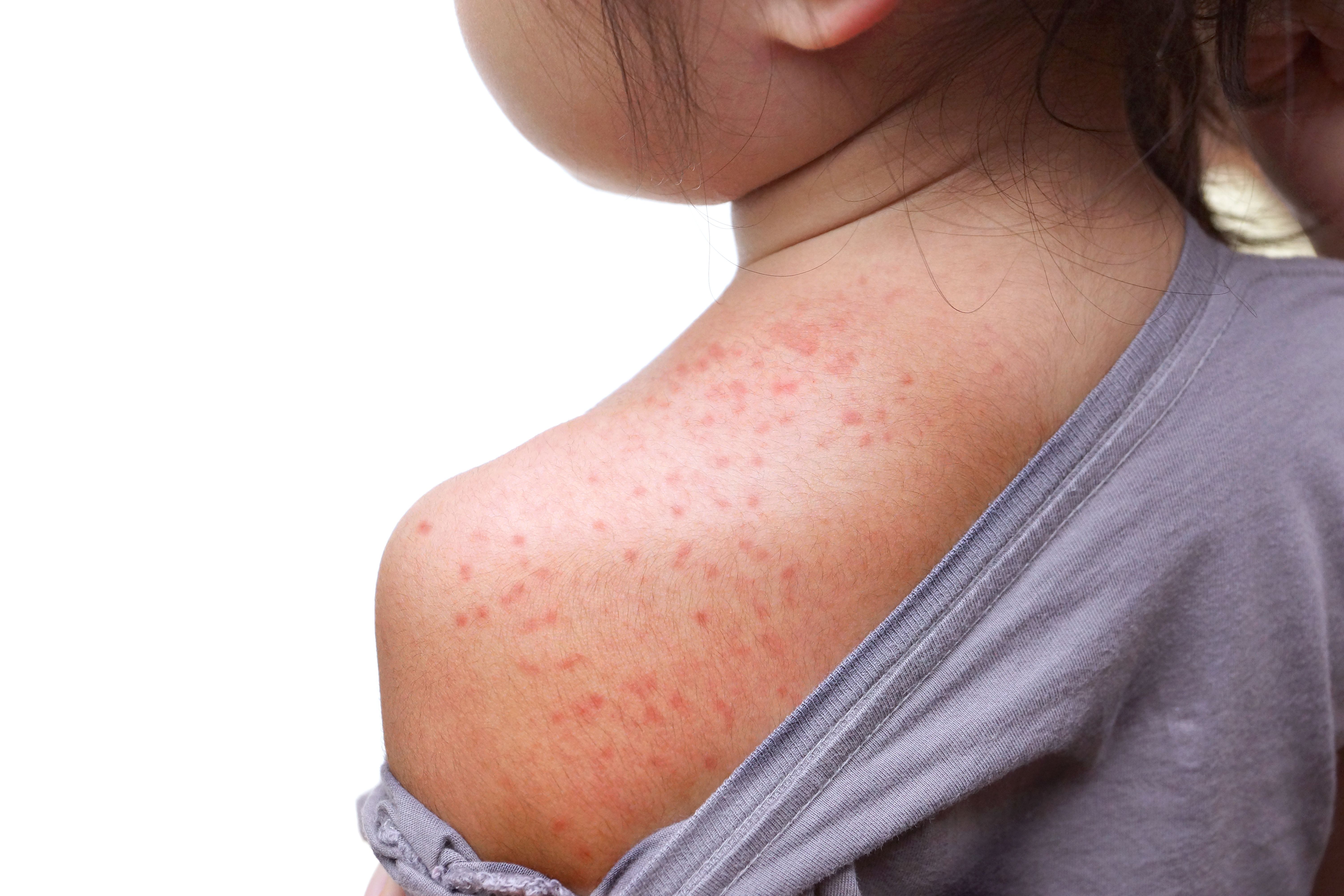Article
Top 5 Vaccines Recommended for Patients with Diabetes
Author(s):
Patients with type 1 or type 2 diabetes may be at an increased risk of certain preventable conditions.
Vaccination is recommended for all patients, but is strongly emphasized among young children and older adults. As patients age, they may believe that they no longer need to get routine vaccinations; however, this is not the case.
The CDC reports that getting vaccinated can prevent illnesses that take time away from work and loved ones.
Patients with type 1 or type 2 diabetes may be at a higher risk for diseases and infections that can be prevented through vaccination, according to the CDC. The agency recommends that patients with diabetes stay up to date on necessary vaccines.
The CDC recommends that patients with diabetes receive the following vaccines:
1. Influenza
Influenza affects many individuals each year, with some cases resulting in serious illness and even death. The CDC recommends an annual flu shot to prevent seasonal influenza.
2. Pneumococcal
This vaccine prevents individuals from developing pneumococcal disease, which can result in pneumonia or meningitis. Both conditions can become severe and result in increased healthcare costs or hospitalization. While meningitis can resolve without treatment, it can be life-threatening.
3. Hepatitis B virus
This vaccine prevents a hepatitis B infection, which can be contracted through sexual contact. While the condition typically clears on its own, chronic cases can lead to cirrhosis and require a liver transplant.
4. Tdap
The potent tdap vaccine protects patients against tetanus, diphtheria, and pertussis.
Tetanus can lead to tightening of the muscles of the head and neck and kills 1 in 10 people with the infection, while diptheria can cause breathing problems, heart failure, paralysis, and death, according to the CDC. Pertussis causes serious coughing fits that can strain breathing, cause vomiting, and disturb sleep.
5. Zoster
The zoster vaccine protects individuals against shingles, which is the reactivation of the chicken pox virus. Shingles presents as a painful rash, with pain that can persist even after the rash clears up.






